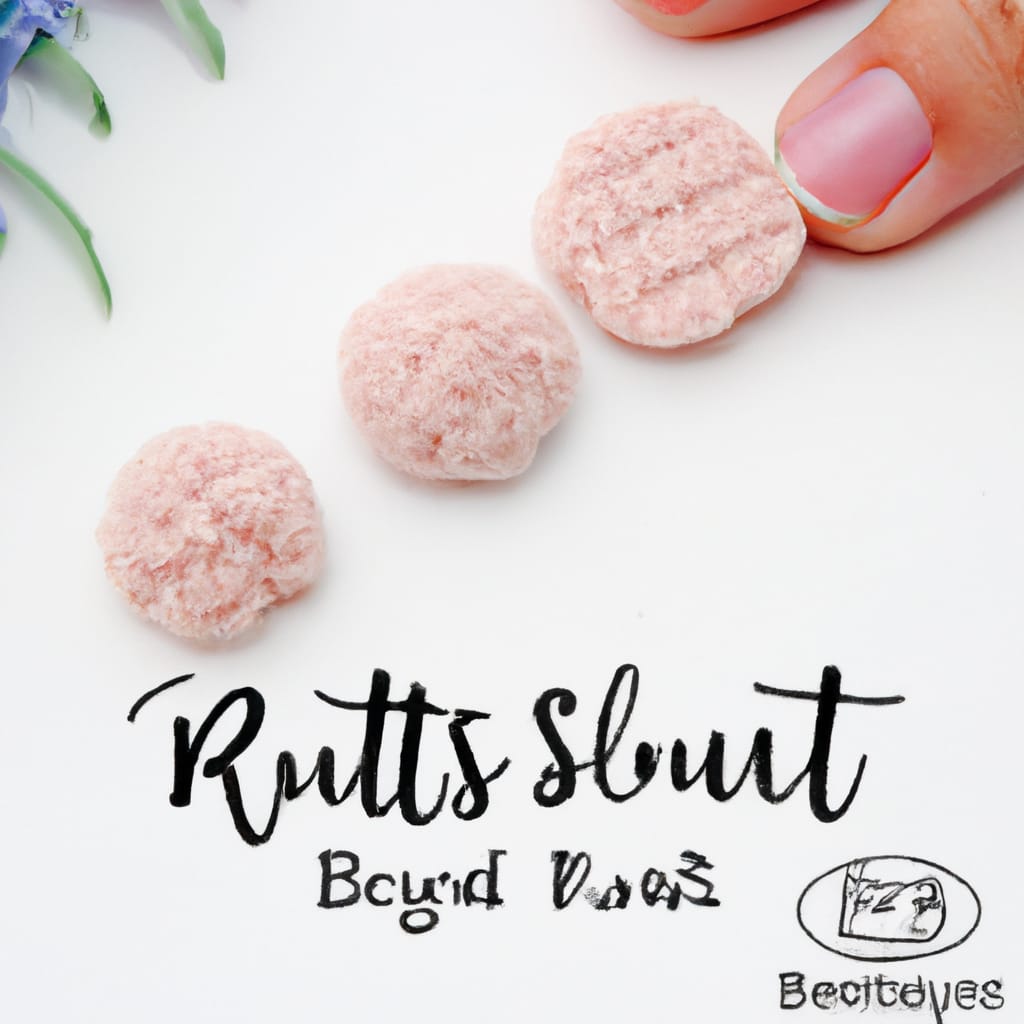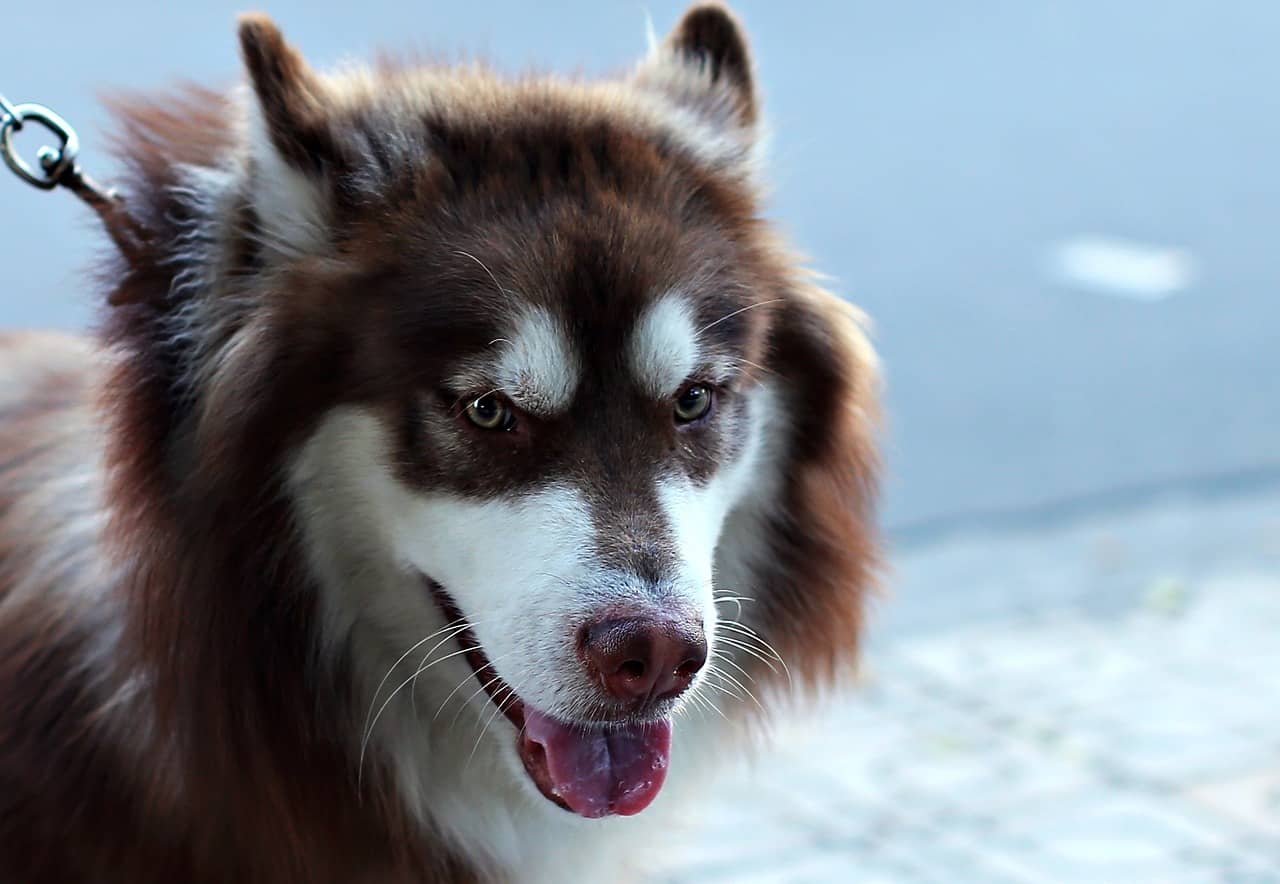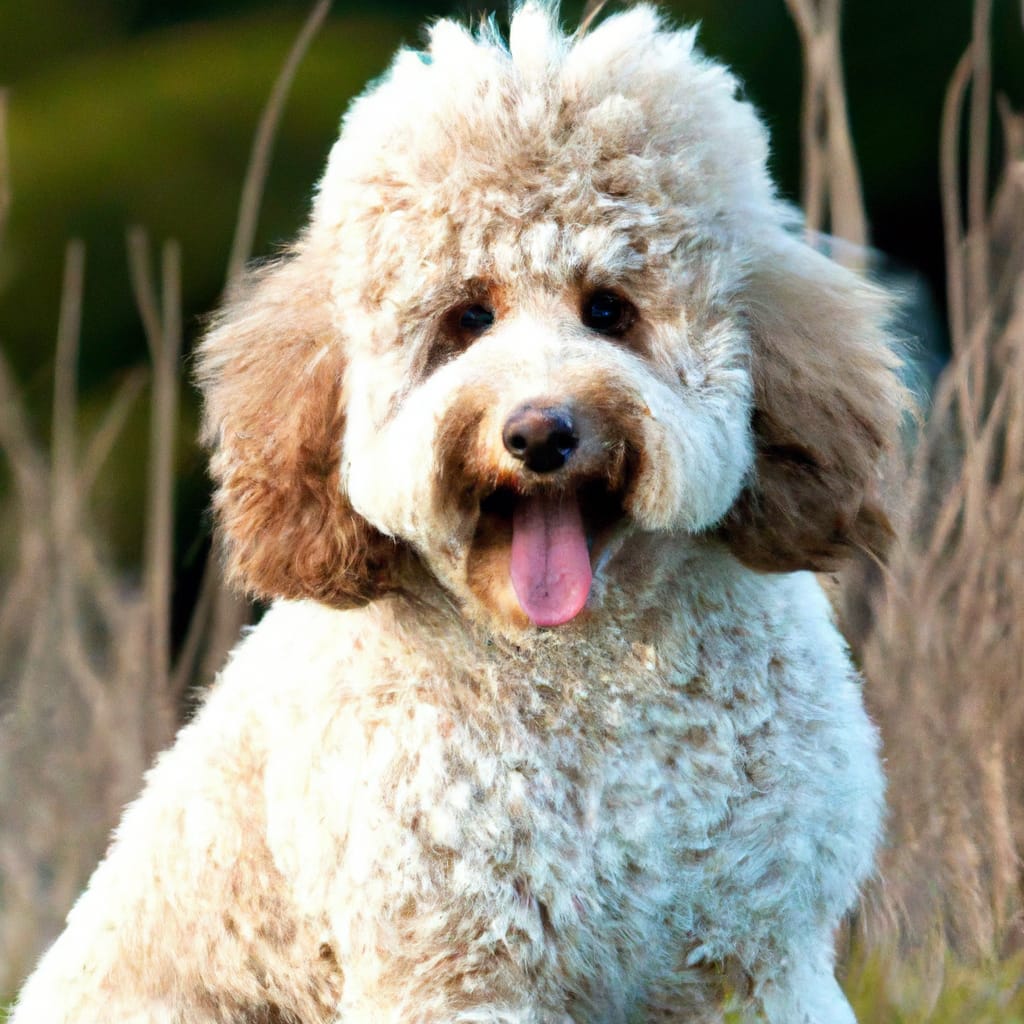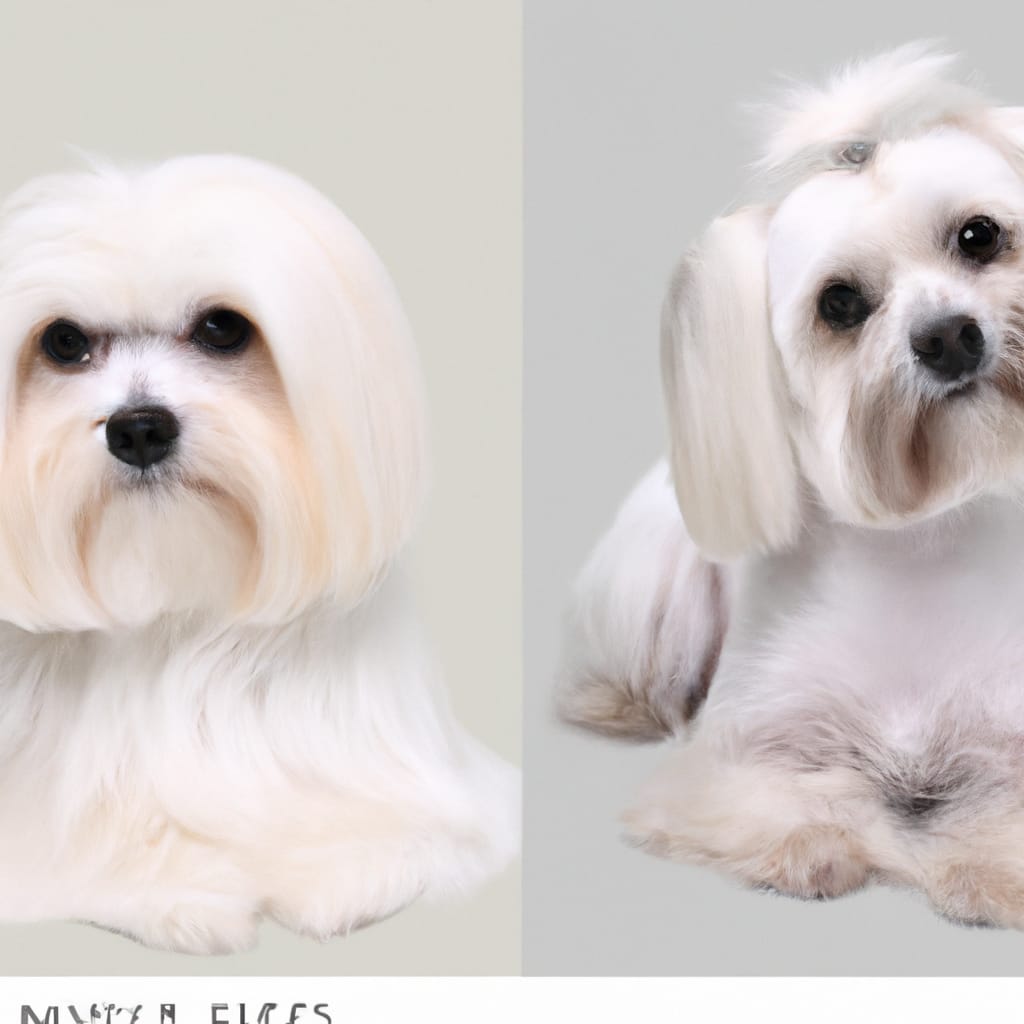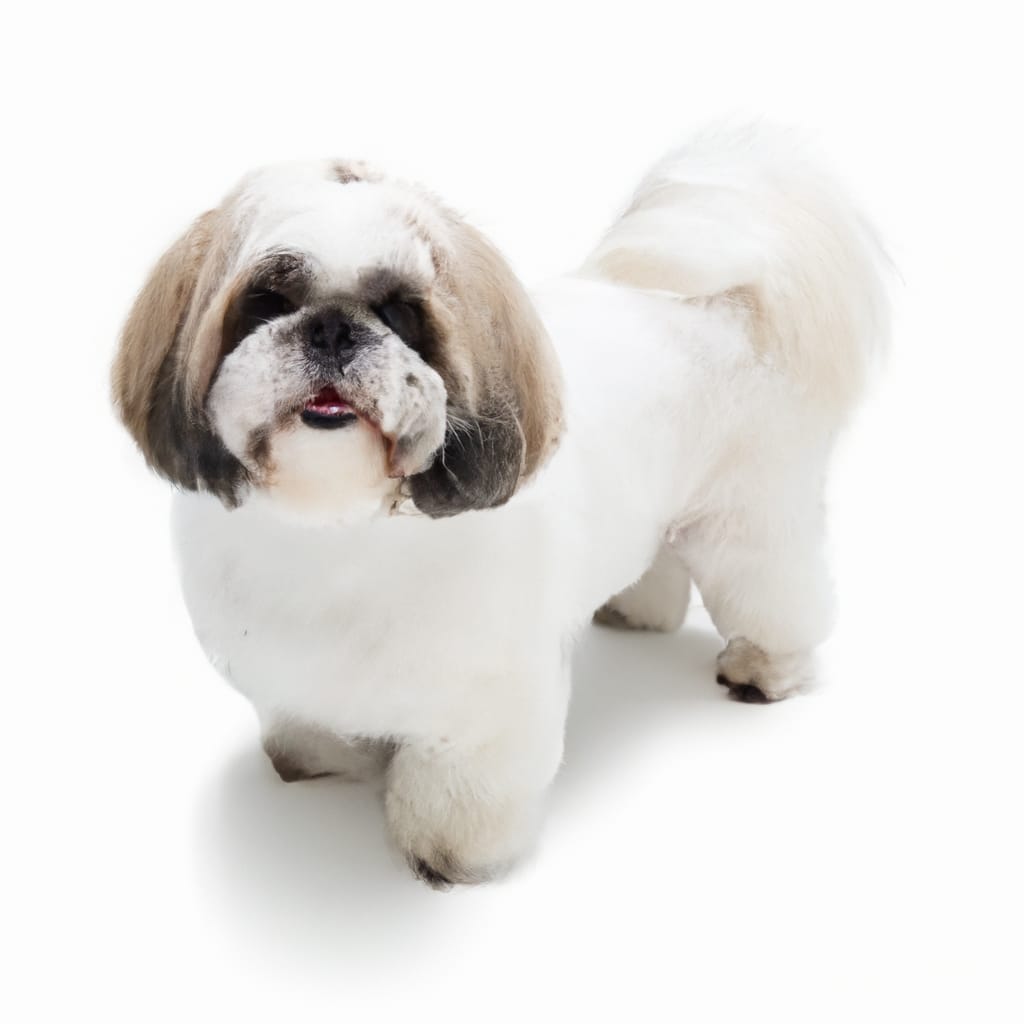How To Prevent Cracked Dog Paws And Protect Your Pup’s Skin From Dryness
If you’ve ever noticed your furry friend’s paws becoming dry and cracked, you know how uncomfortable it can be for them. Not only can it lead to pain and discomfort, but it can also make them more susceptible to infections. In this article, we’ll explore some simple yet effective ways to prevent cracked dog paws and protect your pup’s skin from dryness. From moisturizing balms to paw-wearing booties, we’ll cover all the tips and tricks you need to keep your dog’s paws healthy and happy. So let’s dive in and give your pup’s paws the love and care they deserve!

Maintaining Proper Paw Hygiene
Keep Your Dog’s Paws Clean
Keeping your dog’s paws clean is essential for maintaining good paw hygiene. Regularly inspect your dog’s paws for dirt, debris, or any foreign objects that might be stuck between the toes. Gently remove any particles using a clean, damp cloth or a paw-friendly wipe. Remember to dry the paws thoroughly to prevent moisture from causing bacterial or fungal infections.
Trim the Fur Around the Paws Regularly
Long fur around your dog’s paws can trap dirt, moisture, and other irritants, leading to paw problems. To prevent this, regularly trim the fur around the paws to keep them clean and dry. Use grooming scissors or consult a professional groomer to ensure a safe and comfortable trim for your furry friend.
Check and Clean Between the Toes
The spaces between your dog’s toes are prone to collecting dirt, debris, and even small rocks. It is important to check and clean between the toes regularly to prevent discomfort or potential injuries. Gently separate the toes and use a soft cloth or a paw-friendly wipe to remove any dirt or debris. Take extra care to dry between the toes thoroughly to prevent infections.
Avoid using Harsh Chemicals on Your Dog’s Paws
When it comes to cleaning your dog’s paws, it is crucial to avoid using harsh chemicals. Many household cleaning products and soaps may contain ingredients that can irritate your pup’s sensitive paw pads. Opt for pet-friendly products designed specifically for paw cleaning, or consult your veterinarian for recommendations.
Moisturizing Your Dog’s Paws
Use a Paw Balm or Moisturizer
Moisturizing your dog’s paws can help prevent dryness, cracking, and other skin problems. Look for a high-quality paw balm or moisturizer that is specifically formulated for dogs. Apply a thin layer to your dog’s paw pads and massage it gently for better absorption. Regular use of a paw balm can help keep the paws soft, supple, and protected.
Apply Coconut Oil to Your Dog’s Paws
Coconut oil is a natural moisturizer that can work wonders for your dog’s dry paws. It has antibacterial and antifungal properties, which can help prevent infections. Simply apply a small amount of coconut oil to your dog’s paw pads and massage it gently. Allow the oil to absorb into the skin, providing nourishment and hydration.
Try Olive Oil for Moisturizing
Another natural and effective option for moisturizing your dog’s paws is olive oil. Olive oil is rich in antioxidants and healthy fats that can help soothe and moisturize your dog’s dry paw pads. Apply a small amount of olive oil to your dog’s paw pads and gently massage it in. Regular use can help maintain healthy and hydrated paws.
Use Shea Butter to Protect and Heal Dry Paws
Shea butter is a popular ingredient in many paw balms and moisturizers due to its excellent moisturizing and healing properties. It helps protect the paw pads from dryness and provides relief for cracked or irritated paws. Apply a small amount of shea butter to your dog’s paw pads and massage it gently. With regular use, you’ll notice significant improvements in your dog’s paw health.
Protecting Your Dog’s Paws from Extreme Weather
Protect Paws from Scorching Pavements
Hot pavements in the summer can quickly become a hazard for your dog’s paws. The intense heat can cause burns, blisters, and discomfort. Before taking your dog for a walk, test the pavement temperature with the back of your hand. If it’s too hot to touch, it’s too hot for your dog’s paws. Opt for walking your dog during cooler times of the day or on grassy areas to protect their delicate paws.
Keep Your Dog’s Paws Warm in Cold Weather
Just like humans, dogs can also suffer from cold weather. Prolonged exposure to cold surfaces can cause chapped and frostbitten paws. Consider investing in dog booties or paw protectors to keep their paws warm and protected during winter walks. Additionally, wiping your dog’s paws with a warm, damp cloth after being outdoors can help remove any snow or ice that may have accumulated.
Invest in Dog Booties or Paw Protectors
If you live in an area with extreme weather conditions, investing in dog booties or paw protectors is a great way to ensure your furry friend’s paws stay safe. These protective gear options provide a barrier between your dog’s paws and the elements. Ensure that the booties or paw protectors fit properly and securely, allowing your dog to walk comfortably while providing adequate protection.
Choosing the Right Surfaces for Paw Exercise
Avoid Rough and Abrasive Surfaces
When exercising your dog, it’s important to choose surfaces that are gentle on their paws. Avoid walking or running your dog on rough or abrasive surfaces like concrete or gravel, as they can cause irritation, cuts, or abrasions. Opt for softer surfaces that provide cushioning and reduce the risk of paw injuries.
Opt for Grass or Soft Ground
Grass and soft ground surfaces are ideal for paw exercise as they provide natural cushioning and grip. They are gentle on your dog’s paws, reducing the impact and potential injuries. If possible, find parks or open areas with well-maintained grass for your dog to enjoy their exercise routine.
Consider Using a Dog Treadmill
If outdoor options are limited or the weather conditions are not suitable for extensive paw exercise, consider using a dog treadmill. Dog treadmills are specifically designed to provide controlled exercise for your furry friend. They offer a cushioned surface that is gentle on the paws while allowing your dog to maintain their fitness levels.

Proper Nutrition and Hydration for Healthy Paws
Provide a Balanced Diet
Proper nutrition plays a crucial role in maintaining your dog’s overall health, including their paw health. Ensure that your dog’s diet is well-balanced and provides essential nutrients such as protein, vitamins, and minerals. Consult with your veterinarian to determine the best diet plan for your dog’s specific needs.
Ensure Sufficient Water Intake
Hydration is important for your dog’s overall wellbeing, including their paw health. Make sure your dog has access to clean and fresh water throughout the day. Proper hydration helps maintain the moisture levels in their paws, preventing dryness and cracking.
Supplement with Omega-3 Fatty Acids
Omega-3 fatty acids, found in certain fish oils, can provide numerous health benefits for your dog, including promoting healthy paw skin and reducing inflammation. Consult with your veterinarian about incorporating omega-3 fatty acid supplements into your dog’s diet. This can help improve their paw health and prevent various skin conditions.
Regular Paw Inspections and Care
Check for Cuts, Cracks, or Sores
Regularly inspecting your dog’s paws is crucial for detecting any cuts, cracks, or sores early on. Take the time to examine each paw thoroughly, paying attention to the paw pads, between the toes, and the nails. If you notice any abnormalities, consult your veterinarian for proper evaluation and treatment.
Keep Nails Trimmed
Long nails can cause discomfort and affect your dog’s gait, leading to paw problems. Trim your dog’s nails regularly to maintain a proper length. Be cautious not to trim too close to the quick, as it can cause pain and bleeding. If you’re unsure about nail trimming, seek assistance from a professional groomer or veterinarian.
Ensure Proper Paw Size and Shape
The shape and size of your dog’s paws can impact their overall paw health. Properly sized and shaped paws distribute weight evenly and provide better support. Consult with your veterinarian to ensure that your dog’s paws are healthy and well-formed. Certain breeds may require additional care due to their unique paw structure.
Consult a Veterinarian if Needed
If you notice any persistent issues with your dog’s paws or have concerns about their paw health, it’s important to consult with a veterinarian. They can provide a thorough examination, diagnose any underlying conditions, and recommend appropriate treatment options. Early intervention and professional guidance can help prevent or manage paw problems effectively.
Avoiding Irritants and Allergens
Identify and Avoid Potential Paw Irritants
Certain substances or materials can be irritants for your dog’s paws, causing allergic reactions or skin problems. Common irritants include harsh cleaning chemicals, pesticides, fertilizers, or even certain types of grass. Identify and avoid these irritants to protect your dog’s paws. If exposure is unavoidable, make sure to clean and rinse your dog’s paws thoroughly after contact.
Manage Environmental Allergies
Just like humans, dogs can suffer from environmental allergies that affect their skin, including their paws. If you suspect that your dog has allergies, consult with your veterinarian for proper diagnosis and treatment options. Managing environmental allergies can help alleviate paw irritation and prevent further complications.
Consider Allergy Testing if Necessary
In some cases, allergy testing may be necessary to identify the specific allergens affecting your dog’s paws. Allergy testing can provide valuable insights into the triggers and help develop a targeted treatment plan. Discuss the option of allergy testing with your veterinarian if your dog’s paw problems persist or worsen despite other measures.
Understanding Common Paw Conditions
Recognizing Dryness and Cracking
Dryness and cracking are common paw conditions that can cause discomfort and lead to more serious issues. Dryness may be caused by environmental factors or underlying health conditions. Regularly moisturizing your dog’s paws, as mentioned earlier, can help prevent and alleviate dryness and cracking. If the problem persists, consult with your veterinarian to identify and address the underlying cause.
Dealing with Paw Pad Hyperkeratosis
Paw pad hyperkeratosis refers to the thickening of the paw pads, causing them to become rough, dry, and sometimes cracked. It can occur due to genetics, aging, or certain health conditions. Regular moisturizing and the use of paw balms or specific treatments recommended by your veterinarian can help manage paw pad hyperkeratosis and improve your dog’s comfort.
Treating Fungal and Bacterial Infections
Fungal and bacterial infections can affect your dog’s paws, causing redness, itchiness, and discomfort. These infections can occur due to excessive moisture, poor hygiene, or weakened immune system. If you suspect your dog has a fungal or bacterial paw infection, consult with your veterinarian for proper diagnosis and treatment, which may include topical or oral medications.
Managing Paw Allergies
Paw allergies can manifest as itching, redness, swelling, or skin irritation. Identifying and avoiding the allergens, as discussed earlier, is the first step in managing paw allergies. In some cases, your veterinarian may recommend antihistamines, topical treatments, or dietary changes to alleviate symptoms and improve your dog’s paw health.
Grooming for Healthy Paws
Regularly Brush Your Dog’s Coat
Regular brushing is not only essential for maintaining your dog’s coat but also for promoting healthy paws. Brushing helps remove loose fur and debris that can get stuck between the toes and irritate the paw pads. Depending on your dog’s coat type, choose an appropriate brush and establish a brushing routine to keep their coat and paws in top condition.
Bathe Your Dog Using Paw-Friendly Shampoos
When bathing your dog, it’s important to use paw-friendly shampoos specifically formulated for dogs. Harsh shampoos or human shampoos can strip the natural oils from your dog’s skin, including their paw pads, leading to dryness and irritation. Opt for gentle and moisturizing shampoos that promote healthy skin and paws.
Seek Professional Grooming as Needed
Professional grooming sessions are beneficial for your dog’s overall hygiene and can also contribute to healthy paws. Groomers have the expertise and tools to properly trim the fur around the paws, clean between the toes, and ensure proper nail length. Consider scheduling regular grooming sessions or when necessary to maintain optimal paw health.
Hygienic Paw Care Tips for Active Dogs
Clean and Dry Your Dog’s Paws After Outdoor Activities
After outdoor activities such as hikes or walks, it’s crucial to clean and dry your dog’s paws thoroughly. Check for any dirt, debris, or signs of irritation. Gently wipe the paws with a clean, damp cloth or use a paw-friendly wipe to remove any potential irritants. Drying the paws thoroughly helps prevent moisture-related issues.
Use Protective Balms or Waxes for Hiking and Trail Running
If you and your dog enjoy outdoor activities like hiking or trail running, consider using protective balms or waxes specifically designed for paw protection. These products create a barrier between the paws and rough terrains, reducing the risk of cuts, abrasions, or irritation. Apply a thin layer before the activity and reapply as needed.
Consider Dog Shoes for added Protection
For maximum protection during active outdoor adventures, dog shoes can be a great investment. Dog shoes provide comprehensive coverage to the paws, protecting them from various environmental hazards. They offer excellent grip, insulation from hot or cold surfaces, and can be easily cleaned. Introduce your dog to wearing shoes gradually and ensure a proper fit for comfortable and safe use.
By following these comprehensive tips for maintaining proper paw hygiene, moisturizing, protecting from extreme weather, choosing the right exercise surfaces, providing proper nutrition and hydration, regular inspections and care, avoiding irritants and allergens, understanding common paw conditions, grooming, and applying hygienic paw care for active dogs, you can ensure that your furry friend’s paws stay healthy and happy. Remember to consult with your veterinarian for any specific concerns or issues regarding your dog’s paw health. With a little extra care and attention, you can keep your dog’s paws in great shape and prevent discomfort or complications in the long run.


